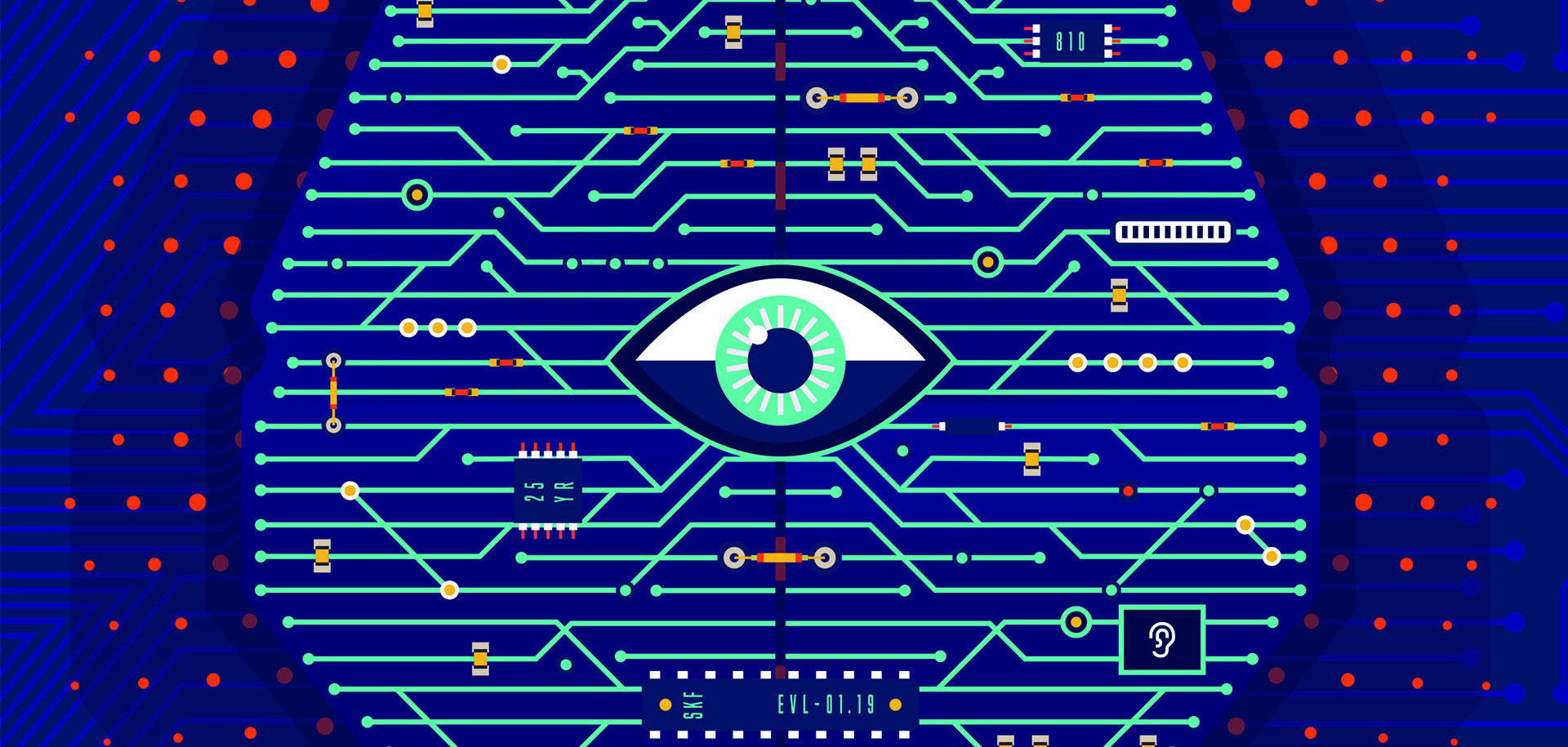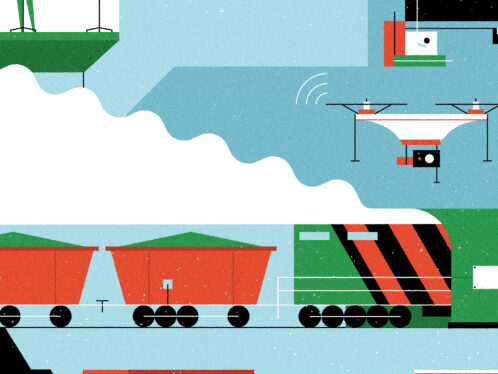
See me, hear me
Voice and facial recognition are changing the way we live and work, in homes, businesses and on the factory floor. Consumer adoption of biometrics is soaring, and industrial applications are not far behind.
Biometrics – technologies used to detect and recognize human physical characteristics – are gradually being applied to more industries, disrupting payments, access and security, law enforcement, health care, advertising, design and manufacturing.
James Wayman

In the United States, James Wayman, director of the Biometric Identification Research Program at San Jose State University in California, explains that while biometrics in some form have been around for 40 years, the use of mobile apps as a platform for voice and facial recognition technology has greatly expanded its use for both consumers and industry. “Biometrics on cell phones goes back to the very early 2000s,” he says. “Apple was a latecomer to this game, but their clout changed everything.”
My biggest privacy concern is actually not the government, it’s the big companies.
Prem Natarajan
research professor
In recent years, voice recognition has evolved in terms of speed and accuracy. The accuracy of facial recognition is also rapidly improving, putting it on the same trajectory as speech recognition.
At the International Manufacturing Technology Show in 2018, Jeff Rizzie, senior manager of business development at industrial engineering firm Sandvik Coromant, shared how these new technologies “allow us to dream a little bit about how we might be able to do some new things and get new data”. For example, he said, machines could use facial recognition to recognize variances in machining processes and production in near-real time, not only boosting productivity but also leading to smarter and safer manufacturing processes.
Also referred to as artificial intelligence, or AI, voice and facial recognition technologies have a range of practical applications, says Peter Green, systems architect and a founder of BellHawk Systems, writing in Manufacturing Business Technology Magazine. These include the ability to:
- Dynamically reschedule production operations as new orders arrive and problems arise on the production floor
- Assist materials and production managers with deciding what materials to order and what to make and when
- Warn material handlers and production workers if they are about to pick or use wrong or defective materials for a job
- Alert managers when there are production or material supply issues they need to address, such as production jobs that are running too long or materials that need replenishing.
It’s the big companies where there are really no limits on how they can share data, what they can use it for, how they can exploit it.
Prem Natarajan
research professor
Biometrics is clearly here to stay, with a predicted worth of 15 billion US dollars by 2025, according to market intelligence firm Research and Markets. But while the advantages of biometrics are evident, a number of concerns and challenges have been raised. Voice and facial recognition are not error-free. Privacy is also a chief concern.
In several US states, including Illinois and Washington, biometric information privacy acts require written permission by the data subject for any non-governmental biometric matching. “This added administrative burden could further discourage these apps,” Wayman says.
Prem Natarajan, a research professor of computer science and the Michael Keston Executive Director at the University of Southern California Information Sciences Institute, speaking to the Voice of America, says, “My biggest privacy concern [with facial recognition technology] is actually not the government, it’s the big companies where there are really no limits on how they can share data, what they can use it for, how they can exploit it.”
Industry recognizes the responsibility inherent in development and use of the technology. Microsoft, for example, is among those companies calling for a government initiative to regulate the proper use of facial recognition technology.
Much of the uptake of the technology will depend on how readily both consumers, customers, employees and businesses are willing to put their faith in the technology despite drawbacks. For people under the age of 40, Wayman says, “biometrics have been around their whole lives – they’re biometric natives”. Millions of Chinese already “swipe” their faces on smartphones to authorize payments. Apple’s new iPhone X is equipped with Face ID, which can reliably identify the owner’s face and then unlock the device, even in the dark.
In an age where technology is developing at lightning speed, Wayman suggests that the future of biometrics in industrial applications lies precisely with these digital natives and how they embrace the technologies that are changing the way we live and work.






